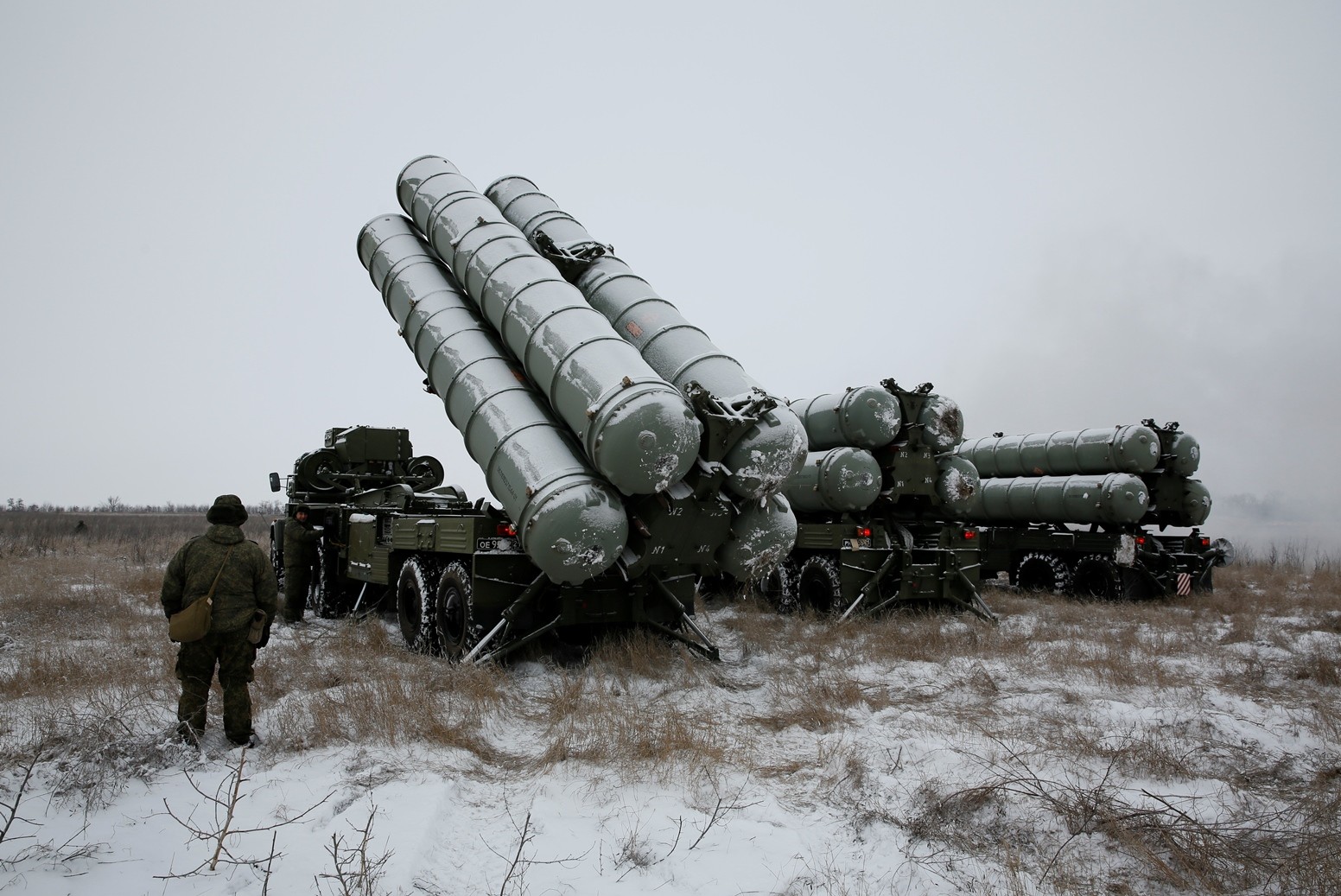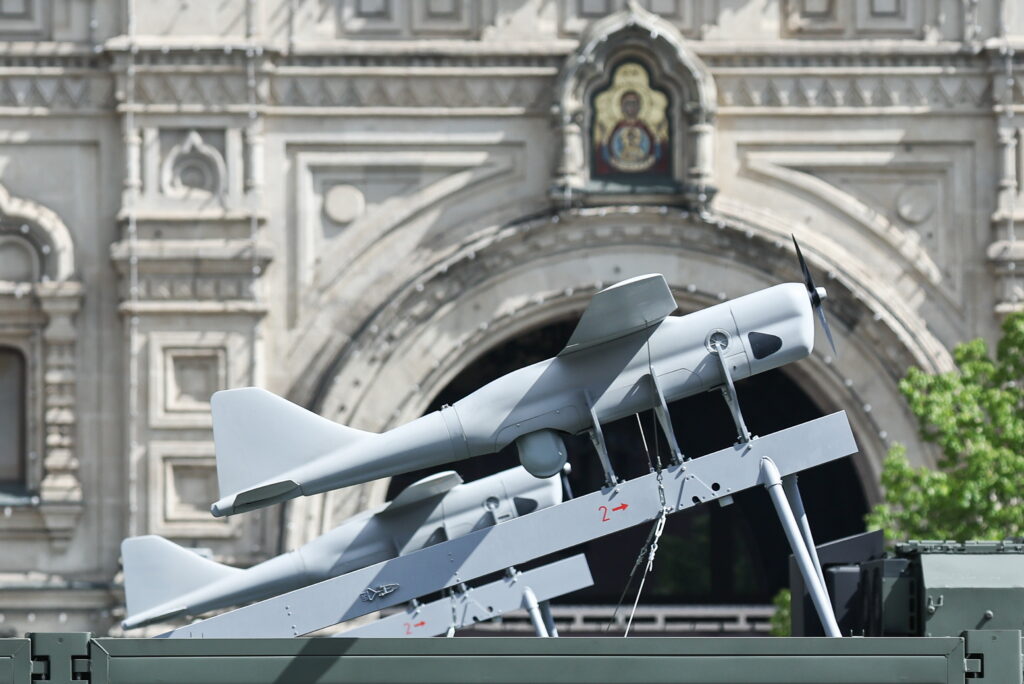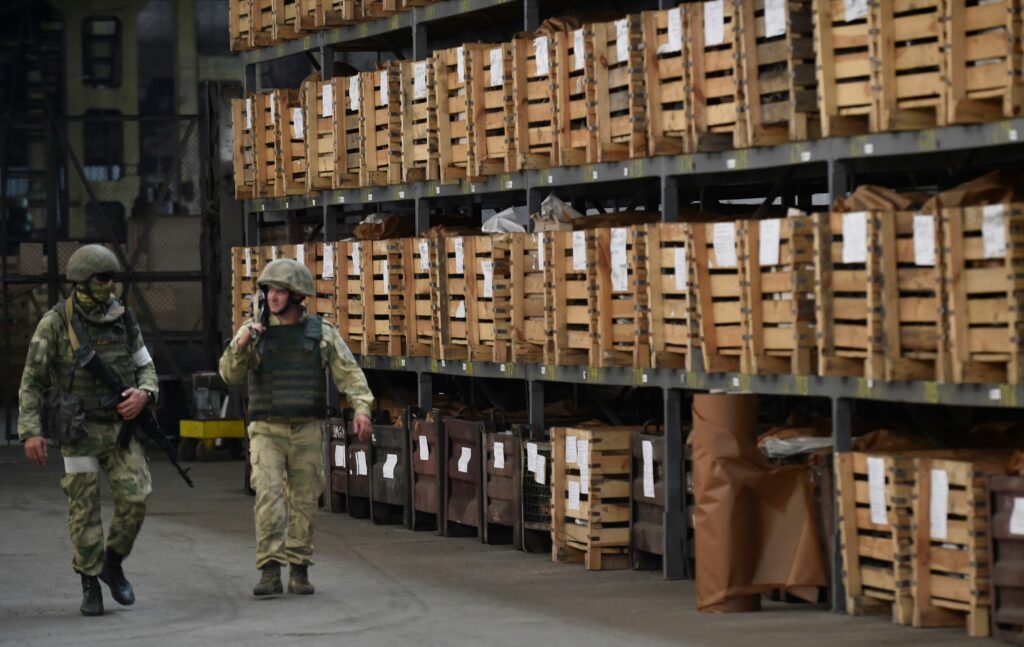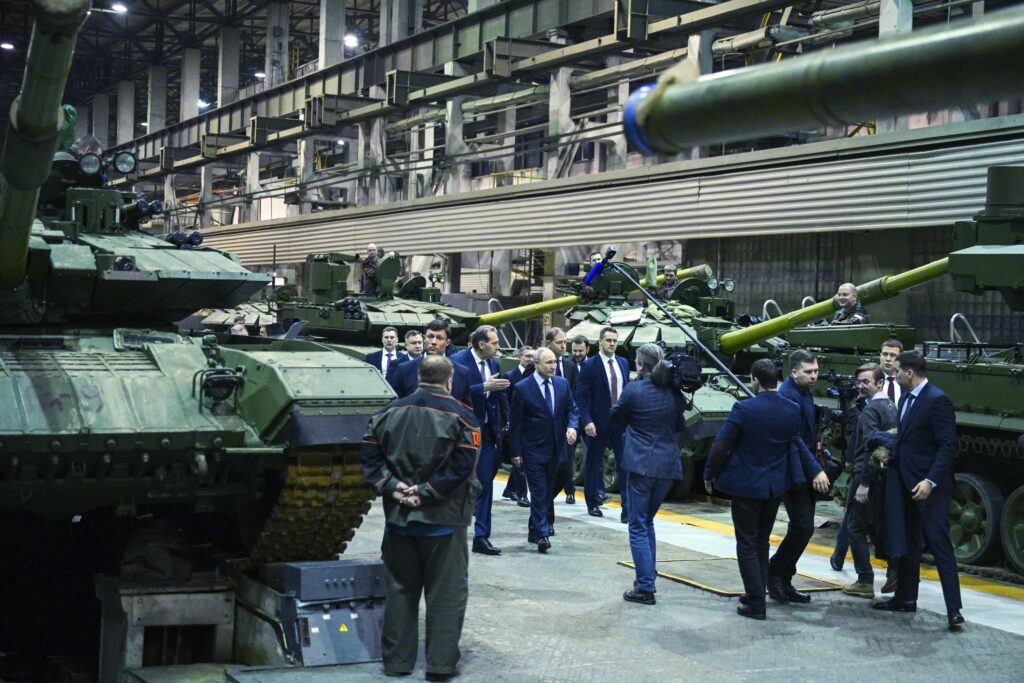After the United States, UK and France launched their missile strikes on Syrian government positions, a long-standing debate on potential deliveries of Russia’s S-300 air defence missile systems to Damascus re-emerged. While the latest statements by Russian officials appear to be related to Moscow’s ‘response’ to the steps taken by Washington and its allies in Syria, the negotiations on S-300 deliveries to Syria have been going on for many years and have a long history behind them.
In the last decade of the 20th century, Damascus began to raise the issue of replacing and modernising its S-200 (E) anti-aircraft missile systems (AA) used by the Syrian Armed Forces and supplied by the Soviet Union back in the 1970s. However, no progress on the issue has been achieved so far. First, this was because of a significant reduction in the capacity of the Russian military-industrial complex after 1991 and, second, because of the Syrian government’s insolvency: by the time the Soviet Union collapsed, Syria already owed it more than USD 14 billion for warfare that had been supplied earlier.
Nevertheless, attempts by the Syrian leaders to renew the country’s air defence system continued in the 21st century. Moreover, in the 2000s, Damascus had no choice but to rely on Moscow to give its consent. Since militants from neighbouring Iraq were concealed on its territory since the start of the NATO-led Operation Iraqi Freedom, American leaders adopted the Syria Accountability and Lebanese Sovereignty Restoration Act of 2003. This is how the era of U.S. sanctions against Syria began providing, in particular, for a ban on weapons supply to Damascus, as well as the accountability of those assisting Syria in the implementation of its programmes aimed at developing chemical, biological and nuclear weapons, as well as medium and long-range missiles.
The issue of S-300 deliveries was also raised at the end of August 2008, when the President of Syria, Bashar al-Assad, arrived in Moscow. The visit of the Syrian leader took place during a period when relations between Russia and the West deteriorated after the war with Georgia, followed by the emergence of two unrecognised states on the map: South Ossetia and Abkhazia. Russian leaders, interested in international recognition of the breakaway Georgian territories expected a positive decision on the issue from the Syrian leader, and Assad expressed his ‘support for the Russian position … in general around the situation in Abkhazia and South Ossetia.’
However, the expected deal on the supplies of S-300 and other modern weapons to Syria in exchange for the recognition of South Ossetia and Abkhazia by Damascus never materialised. This time it was due to Israel’s intervention: it managed to persuade Russian officials to refrain from supplying the AA missile system to Damascus. Overall, since the 2000s, it was Israel that acted as the most important deterrent force in the context of Russia’s supply of weapons to Syria. In 2005, thanks to pressure from Tel Aviv, during his visit to Israel Vladimir Putin announced a ban on the implementation of the contract for the supply of Iskander-E missile systems to Syria.
For a very similar reason, Moscow also suspended the implementation of the agreement providing for the delivery of four S-300 battalions to Syria, that had been signed in 2010. A year earlier, Russia froze the 2007 contracts for the supply of MiG-29 and MIG-31 fighters. Nearly ten years later, Russia’s Foreign Minister Sergei Lavrov referred to these steps as ‘moral obligations towards well-known partners.’
Today’s talks about S-300 shipments to Syria go back to the 2010 contract which had been unilaterally suspended by Moscow, the only difference being that by 2018 Russia announced the possibility of transferring anti-aircraft missile systems free of charge. However, two aspects of this transaction merit attention.
First, the S-300 intended for Syria eight years ago were already sold to Iran after the Joint Comprehensive Plan of Action on the Iranian nuclear programme was signed in Vienna in 2015. As a result, by the end of 2016, Russia completed the contract, having supplied four divisions of anti-aircraft missile systems to Tehran.
To be even more precise, the S-300 complexes promised to Syria in 2010 had been allocated for Iran three years earlier. In 2007, Moscow and Tehran reached an agreement on the delivery of five S-300 battalions. However, in September 2010, in order to support the consolidated actions of the P5+1 to regulate the Iranian nuclear programme, President Dmitry Medvedev decided to suspend the execution of the contract. After that, it was decided that the anti-aircraft missile complexes which had been promised to Tehran would be handed over to Damascus, but this never came into being.
Second, by offering the same set of S-300 to Iran and Syria interchangeably, Russia ultimately stumbled upon the deficit of its own military resources. In other words, Moscow does not have the two batches of S-300 intended for export, which means that two scenarios are possible. Either shipments of AA missile systems to Syria will not happen at all and this episode will turn out to be yet another bluff called by Russian leaders in relations with Washington or Moscow will be forced to remove the S-300 from its own arsenal to send them to Assad.
However, even if Syria does receive the S-300, it is far from clear if they can be effectively used by Syrian air defence forces, which no longer have any integral structure.
As of today, the country has only two weakly interconnected integrated air defence systems (IADS), providing cover for the two largest agglomerations in the territory controlled by the Syrian regime: Damascus and Homs.
The Syrian air defence system includes one S-200 battalion, four M1E/M2E Buk systems, four Pantsir S-1E/S-2E and four Pechora-2M systems, as well as several Kvadrat complexes.
The air defence system in Homs has one S-200 battalion, two M1E/M2E Buk systems, two Pantsir S-1E/S-2E and three Pechora-2M systems.
Another air defence system is located in Aleppo and has one S-200 battalion (yet three instead of six launchers), as well as one M1E Buk and one Pantsir S-1E battalion. However, the system has not been fully restored until present and therefore it is only capable of providing defence of the Syrian air base in Kuweires.
Thus, Syria’s entire air defence districts ceased to exist during the civil war, violating the integrity of the air defence system, which was never restored. As a matter of fact, Syria’s air defence system is focused on topical coverage of facilities and now has many gaps exposed to attacks. The destruction of a single integrated air defence system in Syria during the civil war, along with the absence of modern management standards in the system, means that its remaining elements are unable to respond to threats in time.
Thus, the S-300 complexes proposed by Russia can be integrated into the air defence systems discussed above but, on the whole, this is unlikely to seriously improve their combat capabilities. Considering the low efficiency of the S-300 on cruise missiles, it can be assumed that in case of missiles launched from ships and aircraft that will not enter the Syrian airspace, the enemy is unlikely to face serious additional problems. Likewise, despite the existence of the fairly modern Buk and Pantsir air defence systems, Syria’s air defence was unable to prevent air strikes by Israeli aviation, and also demonstrated its vulnerability to massive cruise missile strikes. The only case when an Israeli aircraft was destroyed in the spring of 2018 happened only after it had fully accomplished its task.
In addition, deliveries of the S-300 to Syria could actually have the opposite effect. Instead of preventing possible air strikes, they might provoke them. Despite the Russian leaders’ statements that the AA missile systems could be delivered to Syria as a response to the shelling of its territory by cruise missiles from the United States and its allies, the real threat can only come from the Israeli air force, which regularly attacks military targets of the Syrian army from the air. Thus, deliveries of the S-300 can provoke more intense attacks by the Israeli air force in order to neutralise the S-300, especially during the period when they are incorporated and integrated into the Syrian air defence system, which may take up to several months.










